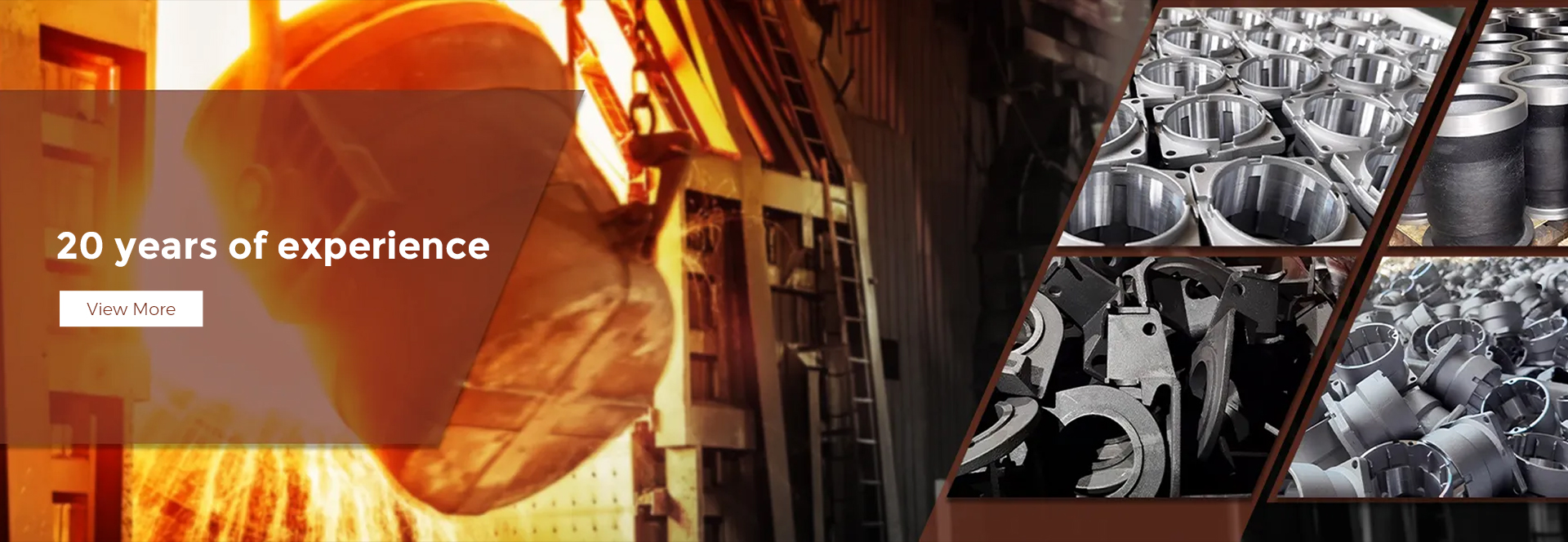Mobile:+86-311-808-126-83
Email:info@ydcastings.com
Cost Analysis of Aluminum Casting Processes and Techniques
Understanding Aluminum Casting Costs A Comprehensive Guide
Aluminum casting is a widely used manufacturing process that involves pouring molten aluminum into a mold to create various parts and components. This method is favored for its versatility, lightweight nature, and excellent corrosion resistance. However, one critical aspect that manufacturers must consider when opting for aluminum casting is its cost. This article aims to provide insights into the various factors that influence aluminum casting costs and how businesses can manage these expenses effectively.
1. Types of Aluminum Casting
Before delving into costs, it is essential to understand the different types of aluminum casting processes available. The main methods include
- Die Casting This process involves forcing molten aluminum into a mold cavity under high pressure
. It is known for producing high-precision parts with excellent surface finishes, making it suitable for large production runs.- Sand Casting In sand casting, a mold is created using sand, and molten aluminum is poured into it. This method is more cost-effective for small to medium production runs and can accommodate larger components.
- Investment Casting This technique uses a wax pattern coated with a ceramic shell to create the mold. Although it has a higher upfront cost due to the complexity of creating molds, it offers high precision and excellent surface finishes.
Understanding the type of casting process is crucial as it directly impacts the overall cost.
2. Material Costs
The price of aluminum itself is a significant factor influencing casting costs. Aluminum is traded on the global market, and fluctuations in raw material prices can lead to variability in production costs. Additionally, the choice of aluminum alloy impacts pricing. Alloys with desirable properties may be more expensive but can provide benefits such as enhanced strength, feedback resistance, or improved machinability.
Moreover, it is essential to consider the costs of additional materials used in the casting process, such as sand for sand casting or wax for investment casting. These supplementary materials contribute to the total cost.
3. Labor and Overhead
aluminum casting cost

Labor costs form another critical component of aluminum casting expenses. Skilled workers are needed to execute the casting process efficiently, which can drive up costs. Factors such as local labor rates, the level of expertise required, and production volume will all play a role in determining total labor expenses.
Additionally, overhead costs, including utilities, equipment maintenance, and facility management, also need to be accounted for. Continuous operation of furnaces, machinery, and other equipment required for the casting process can significantly increase these costs.
4. Production Volume
Aluminum casting is often subject to economies of scale. Higher production volumes typically lead to lower costs per unit. In processes like die casting, the initial cost of creating molds can be significant, but once established, they allow for mass production at a reduced cost per item. Conversely, for lower production runs, the costs can be higher per unit, given the necessity of set-up time and material waste.
5. Design Complexity
The complexity of the part being cast influences costs as well. More intricate designs require specialized molds, which can be more expensive to produce. Tight tolerances and high precision parts necessitate advanced techniques, increasing production times and costs. Simplifying designs to minimize complexity can lead to significant cost savings.
6. Quality Control and Testing
To ensure the final product meets industry standards and customer specifications, quality control and testing are essential components of the casting process. These activities add to the overall cost but are necessary to mitigate the risk of defects, which can lead to costly rework or scrapping of parts.
Conclusion
In conclusion, the cost of aluminum casting is influenced by a complex interplay of factors, including material prices, labor and overhead expenses, production volume, design complexity, and quality assurance measures. For manufacturers aiming to optimize costs, it’s essential to assess each element comprehensively. By selecting the most appropriate casting method, streamlining processes, and leveraging production efficiencies, businesses can significantly enhance their cost-effectiveness while maintaining high-quality outputs.
Understanding and managing aluminum casting costs is pivotal for manufacturers looking to remain competitive in today’s fast-paced industrial landscape. By staying informed about market trends and implementing cost-saving measures, businesses can effectively navigate the financial complexities of aluminum casting.
-
Why Should You Invest in Superior Pump Castings for Your Equipment?NewsJun.09,2025
-
Unlock Performance Potential with Stainless Impellers and Aluminum End CapsNewsJun.09,2025
-
Revolutionize Your Machinery with Superior Cast Iron and Aluminum ComponentsNewsJun.09,2025
-
Revolutionize Fluid Dynamics with Premium Pump ComponentsNewsJun.09,2025
-
Optimizing Industrial Systems with Essential Valve ComponentsNewsJun.09,2025
-
Elevate Grid Efficiency with High-Precision Power CastingsNewsJun.09,2025











